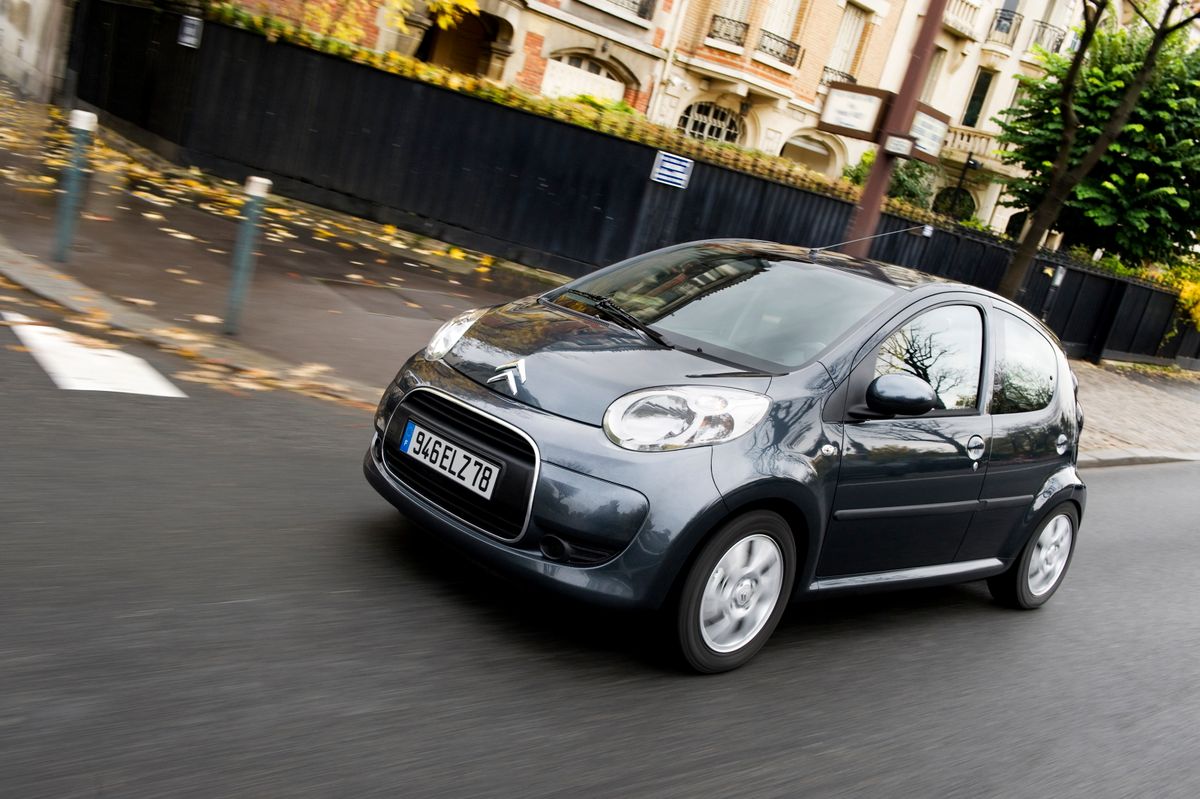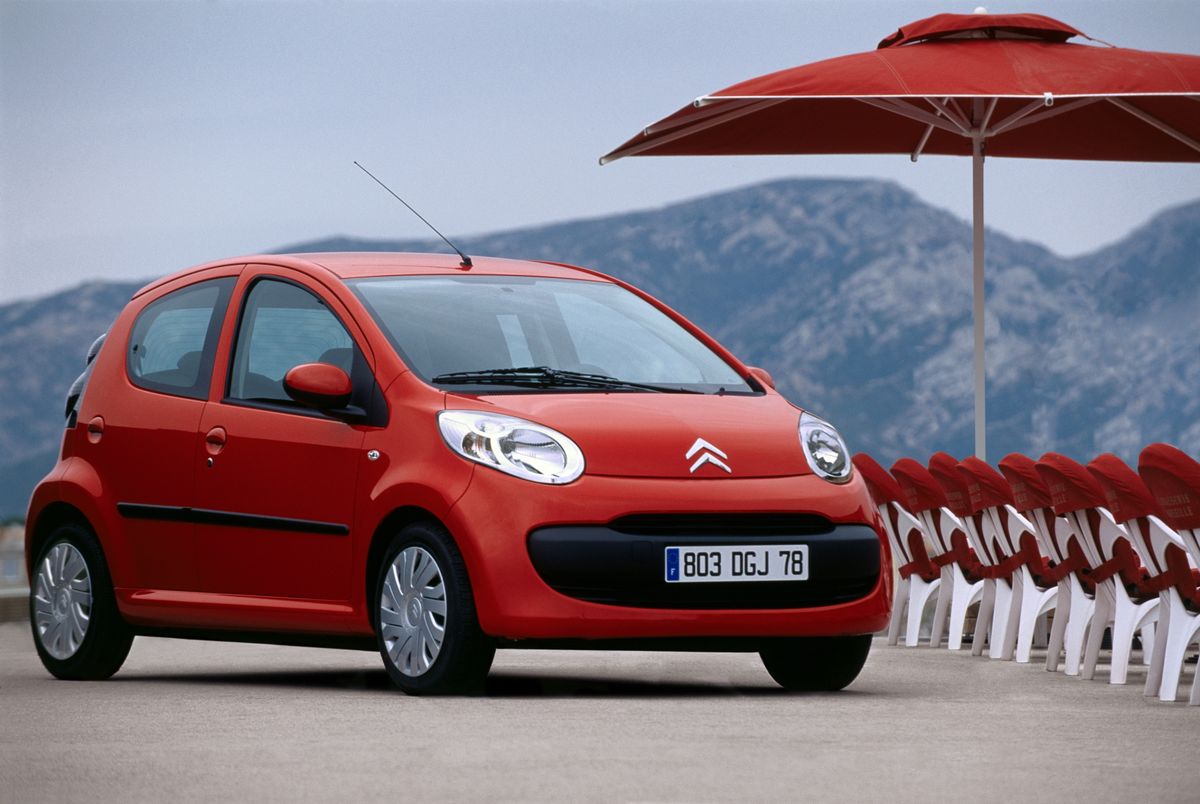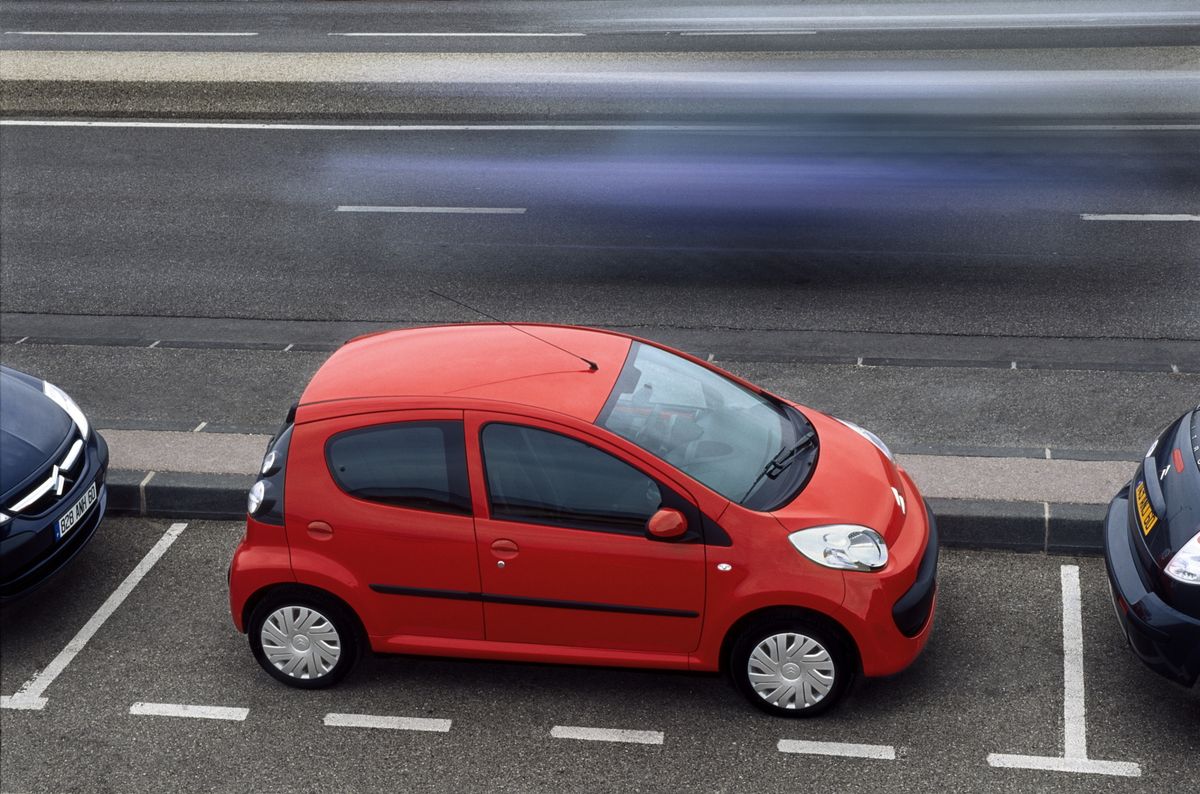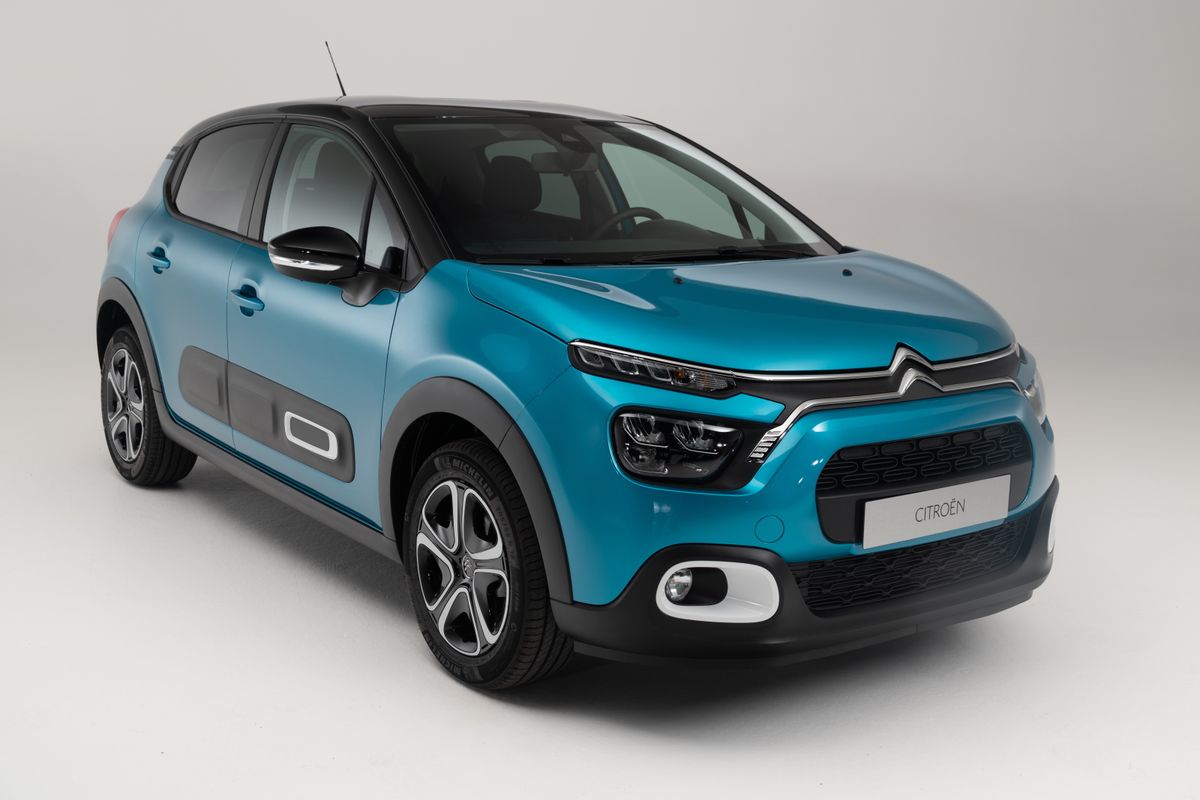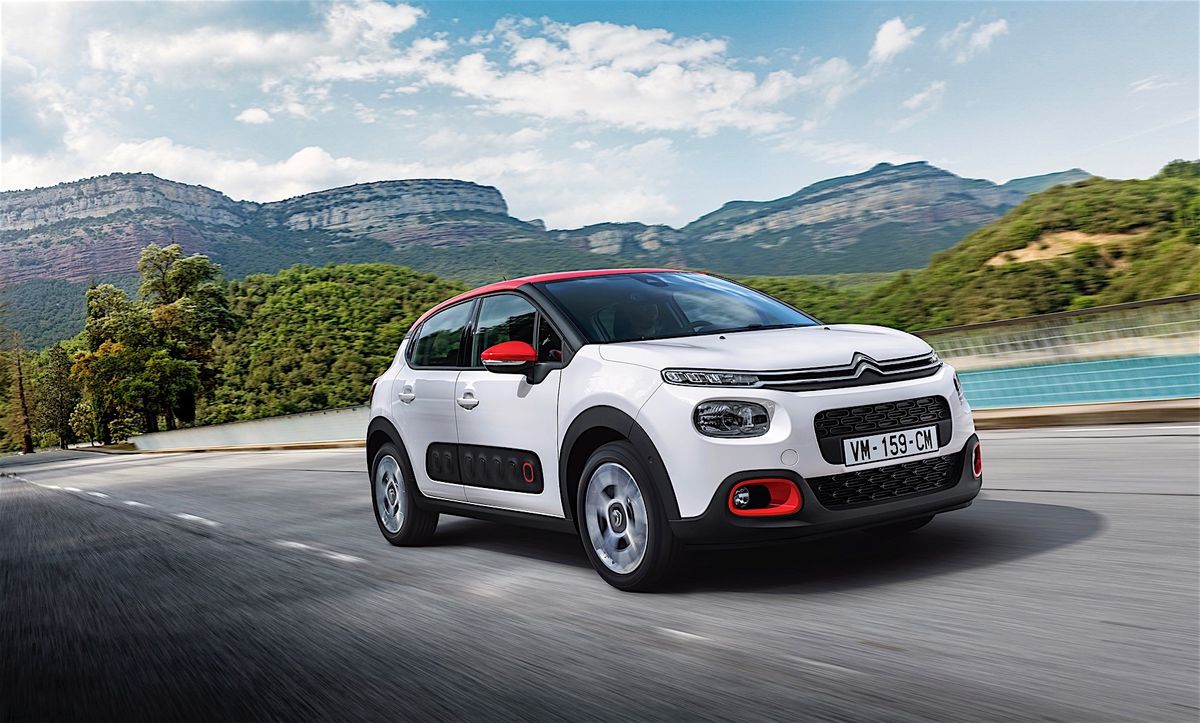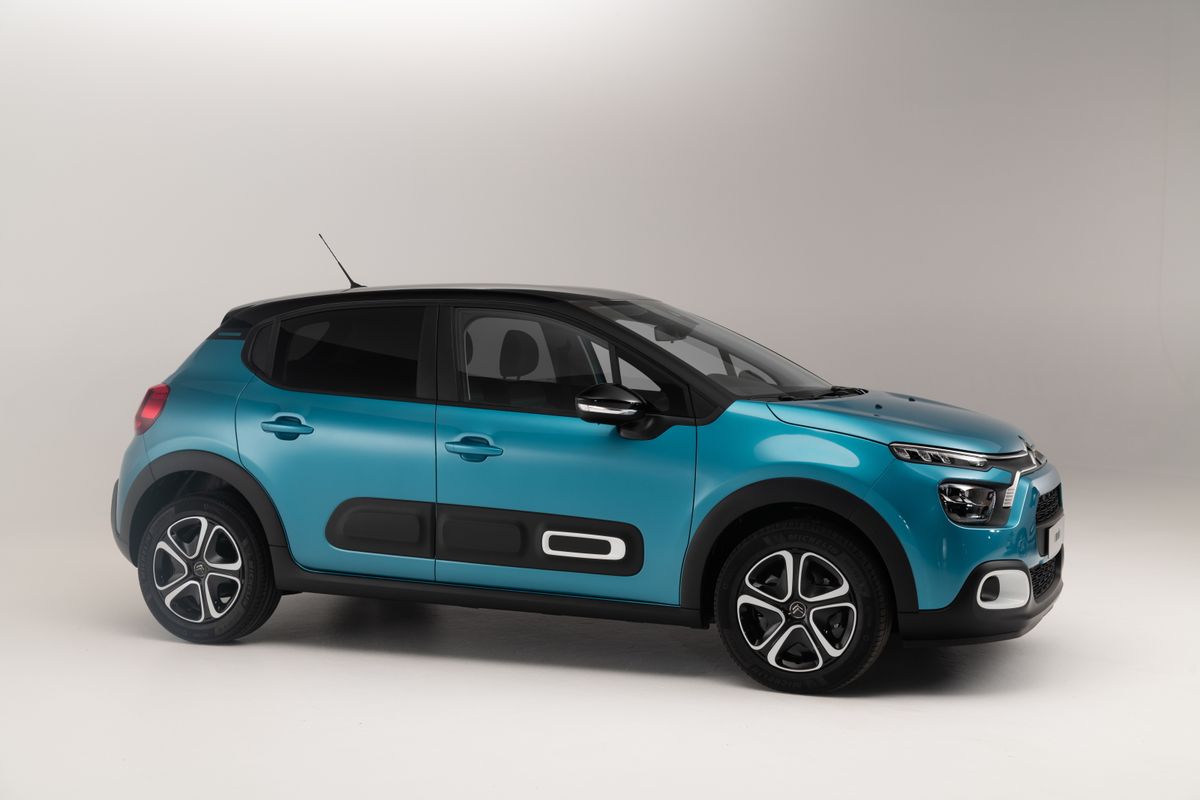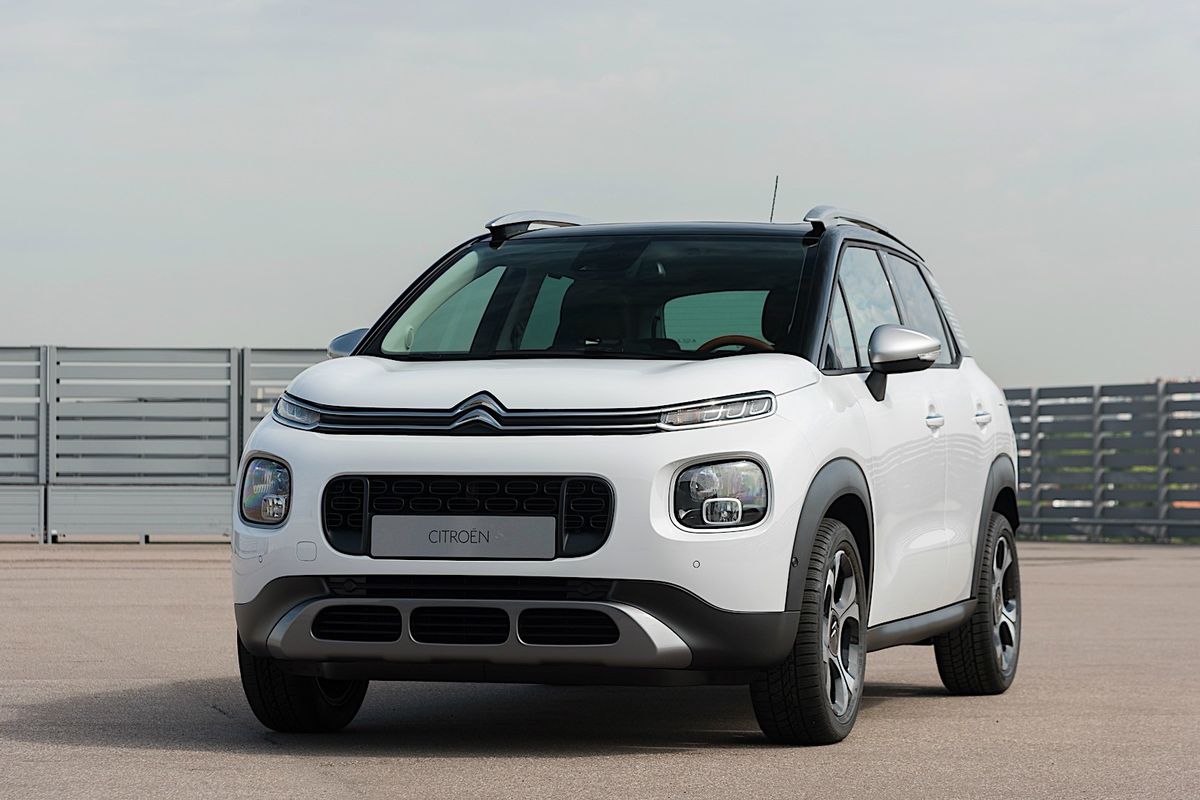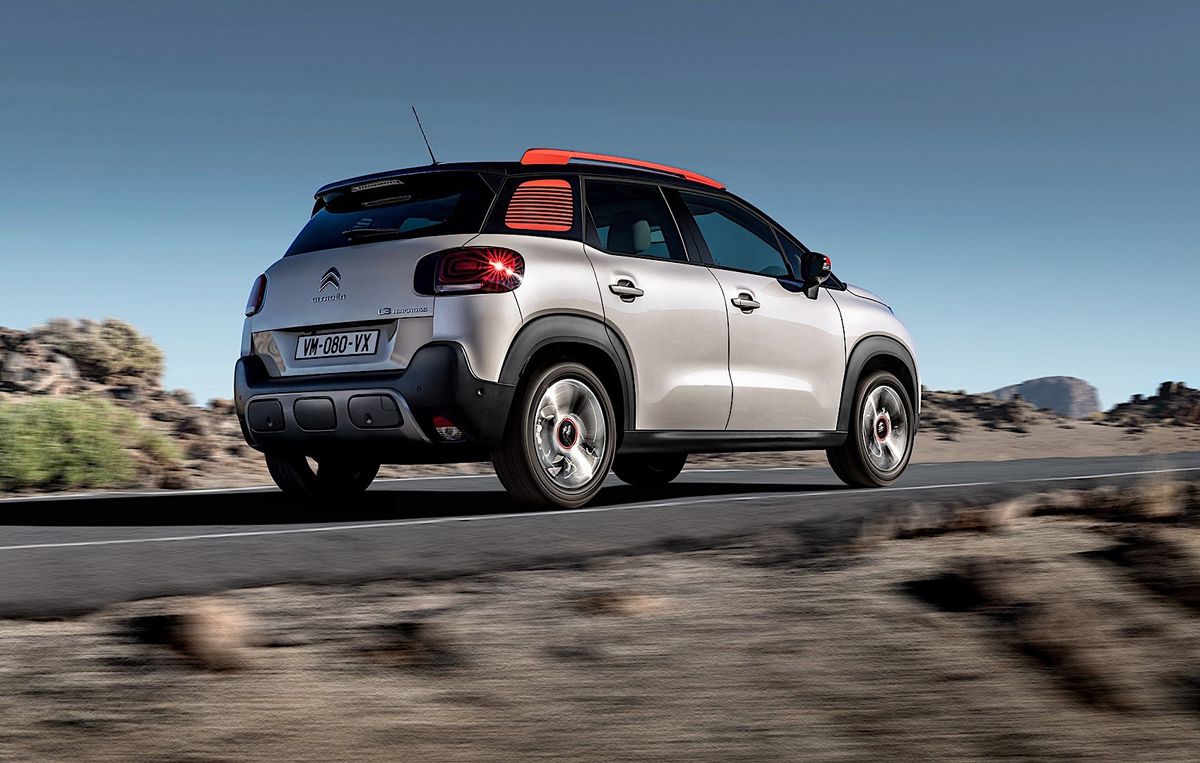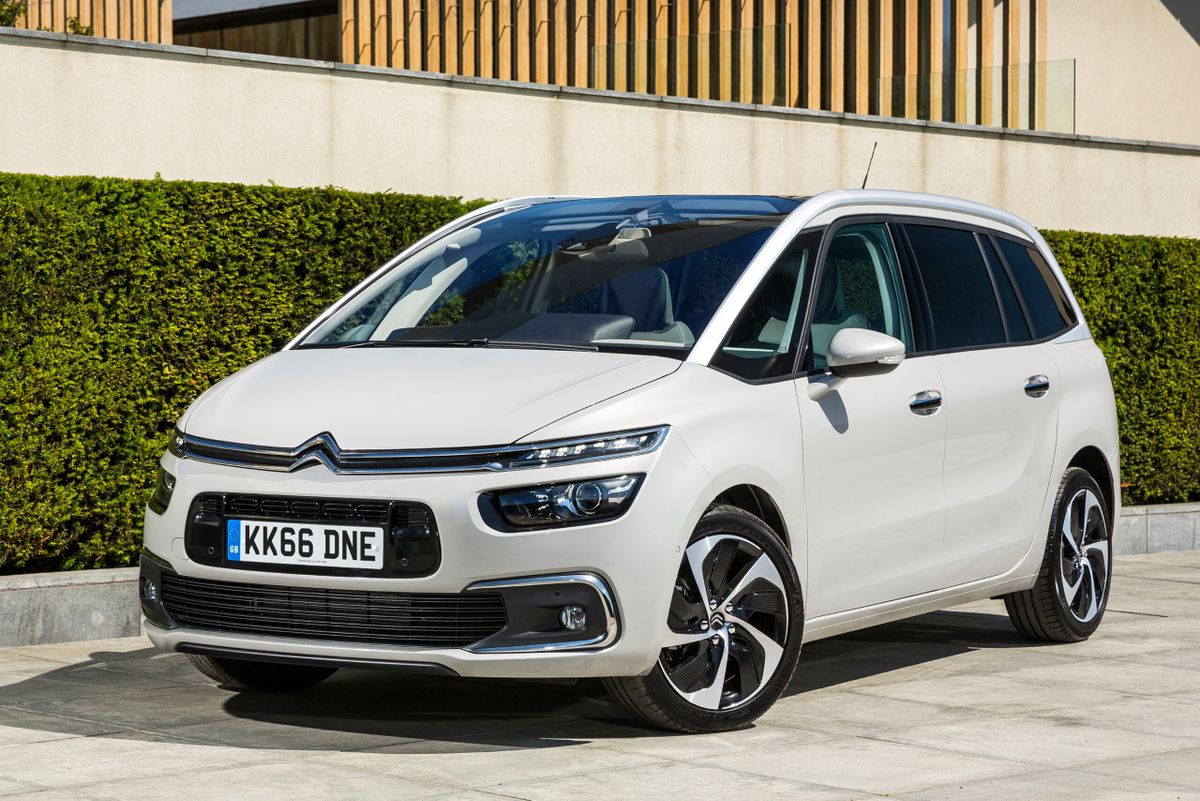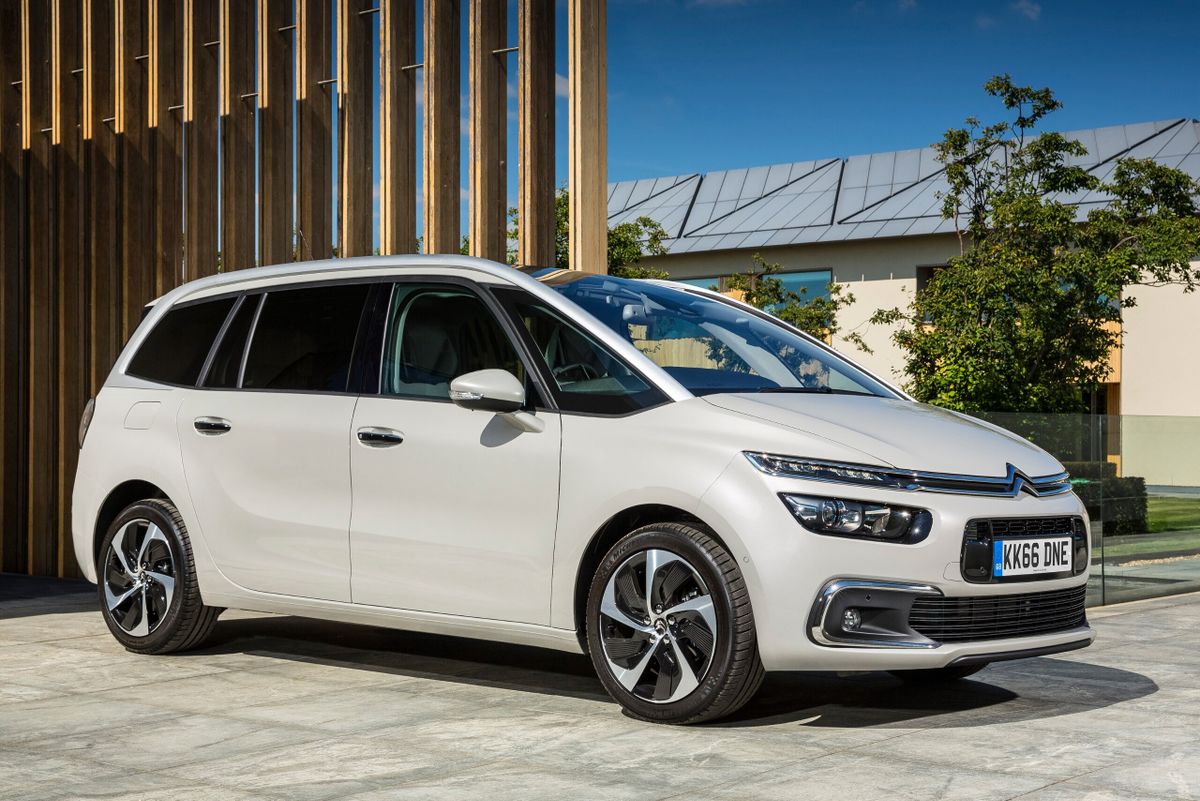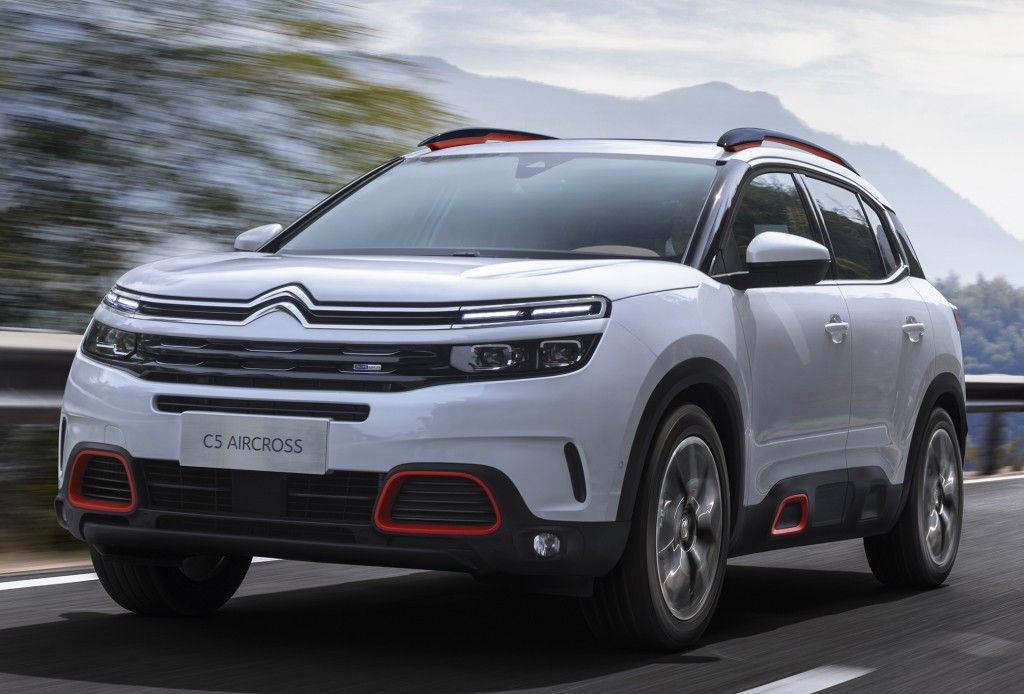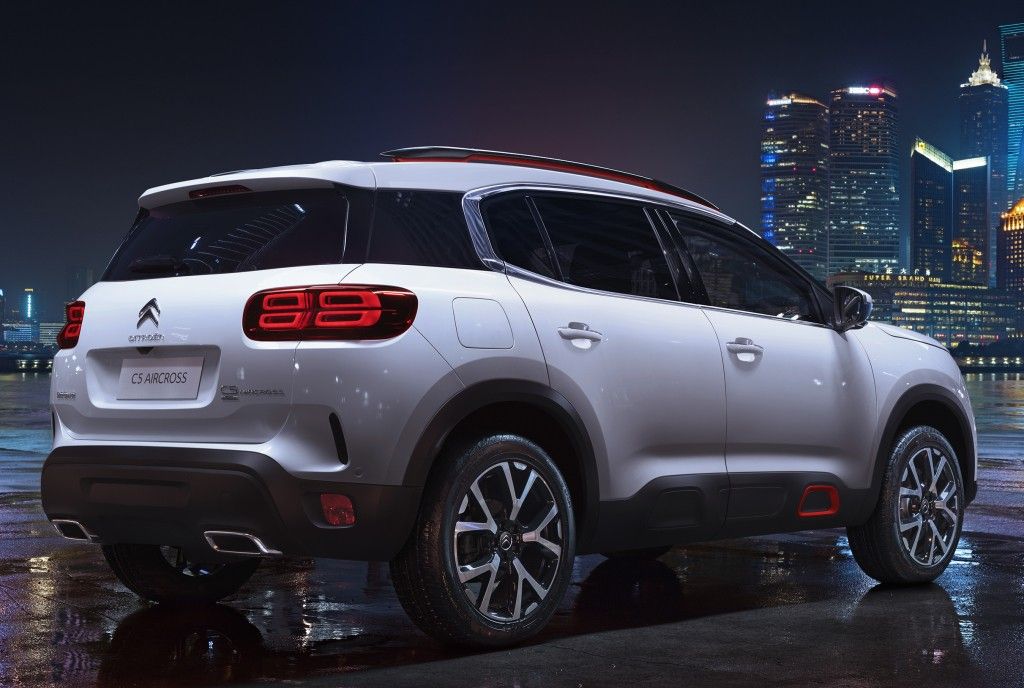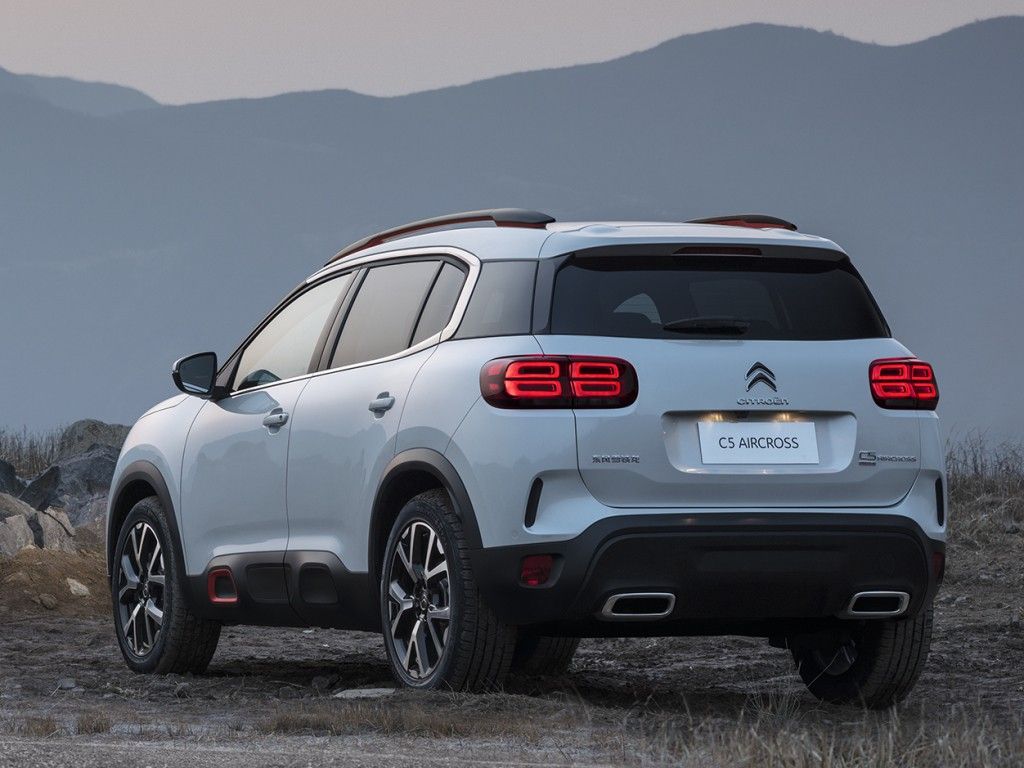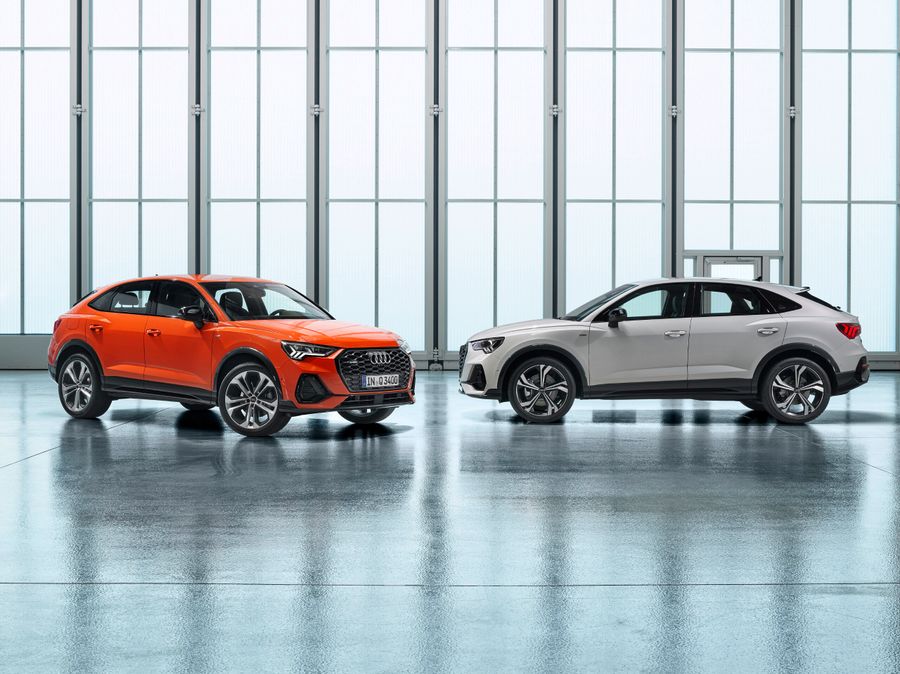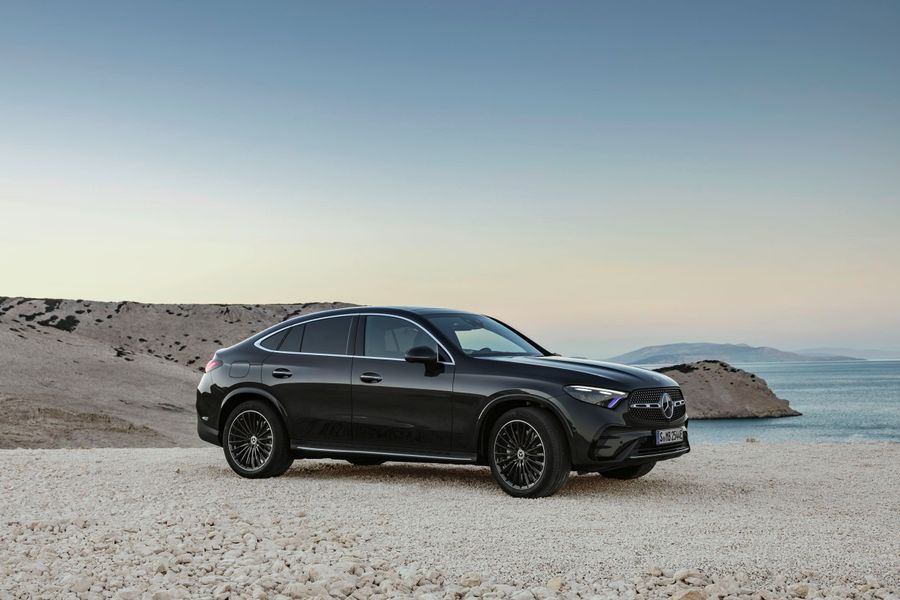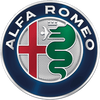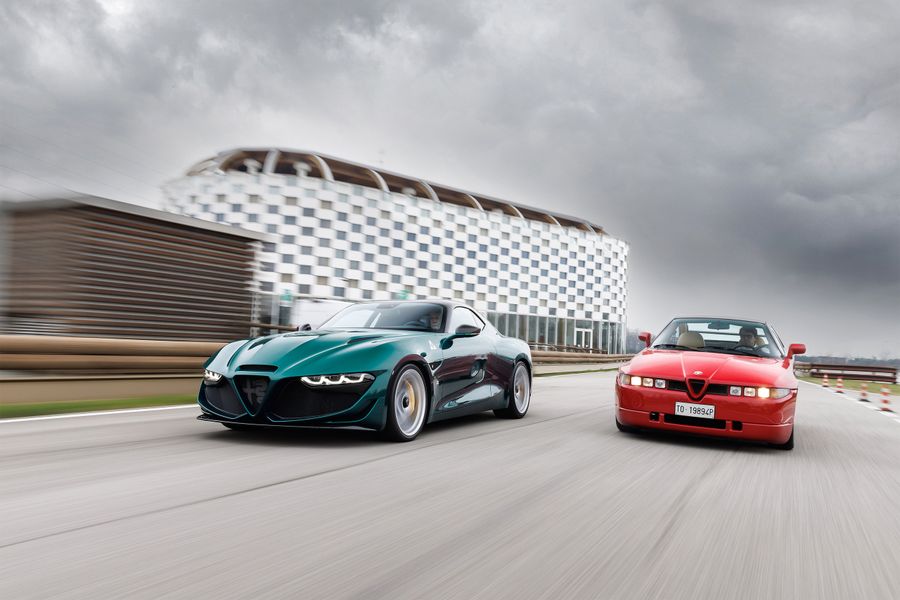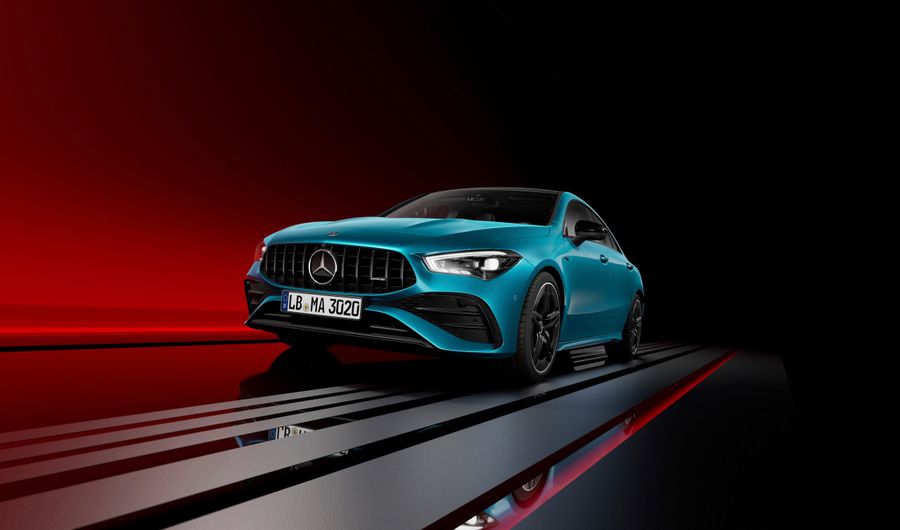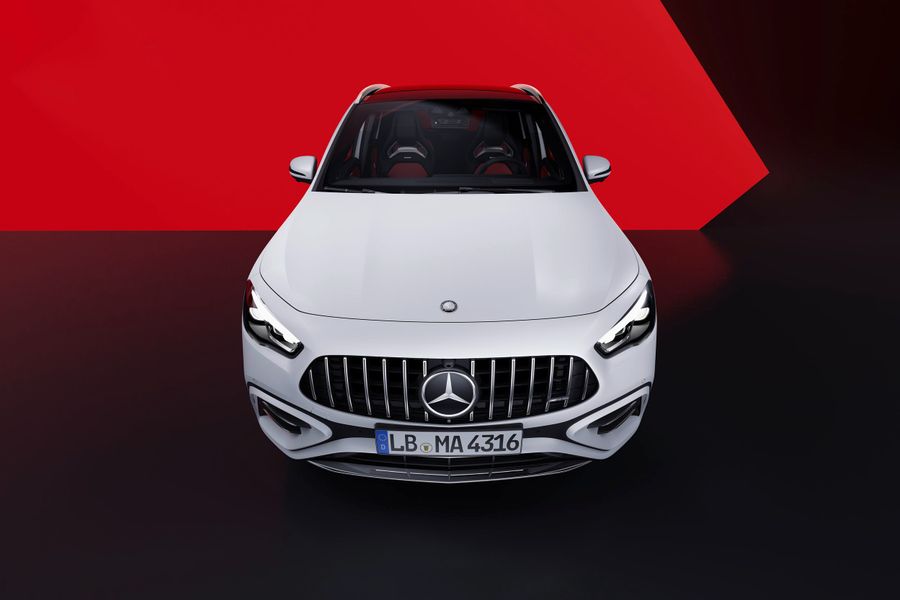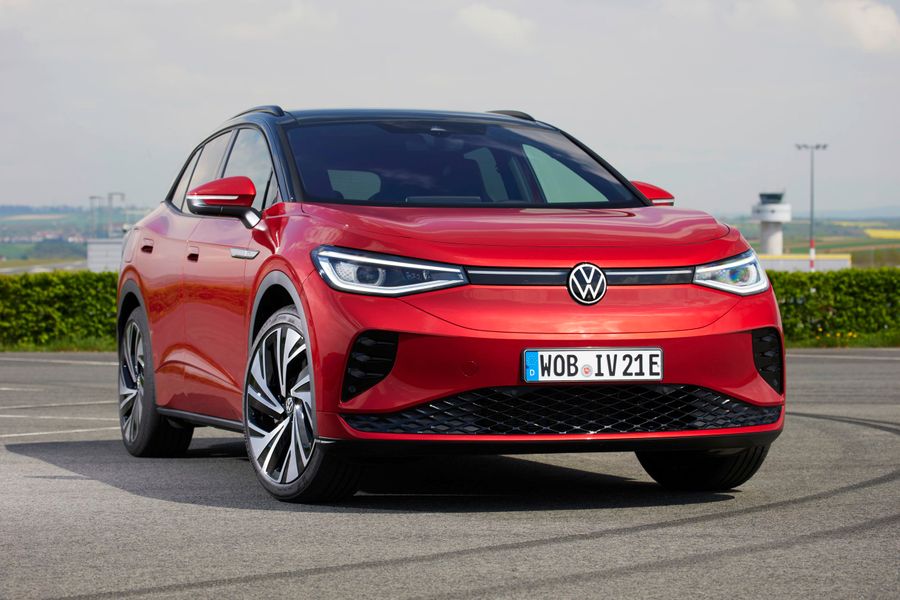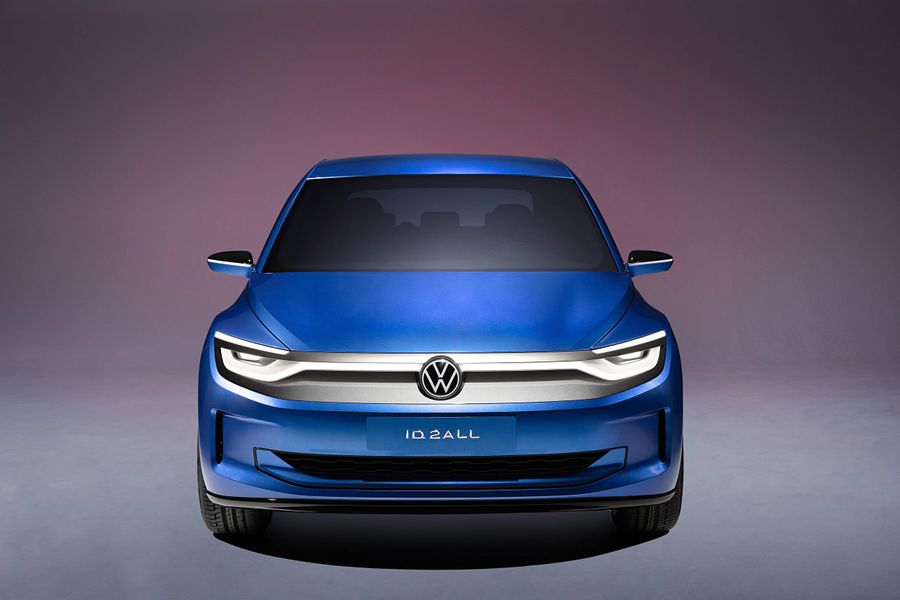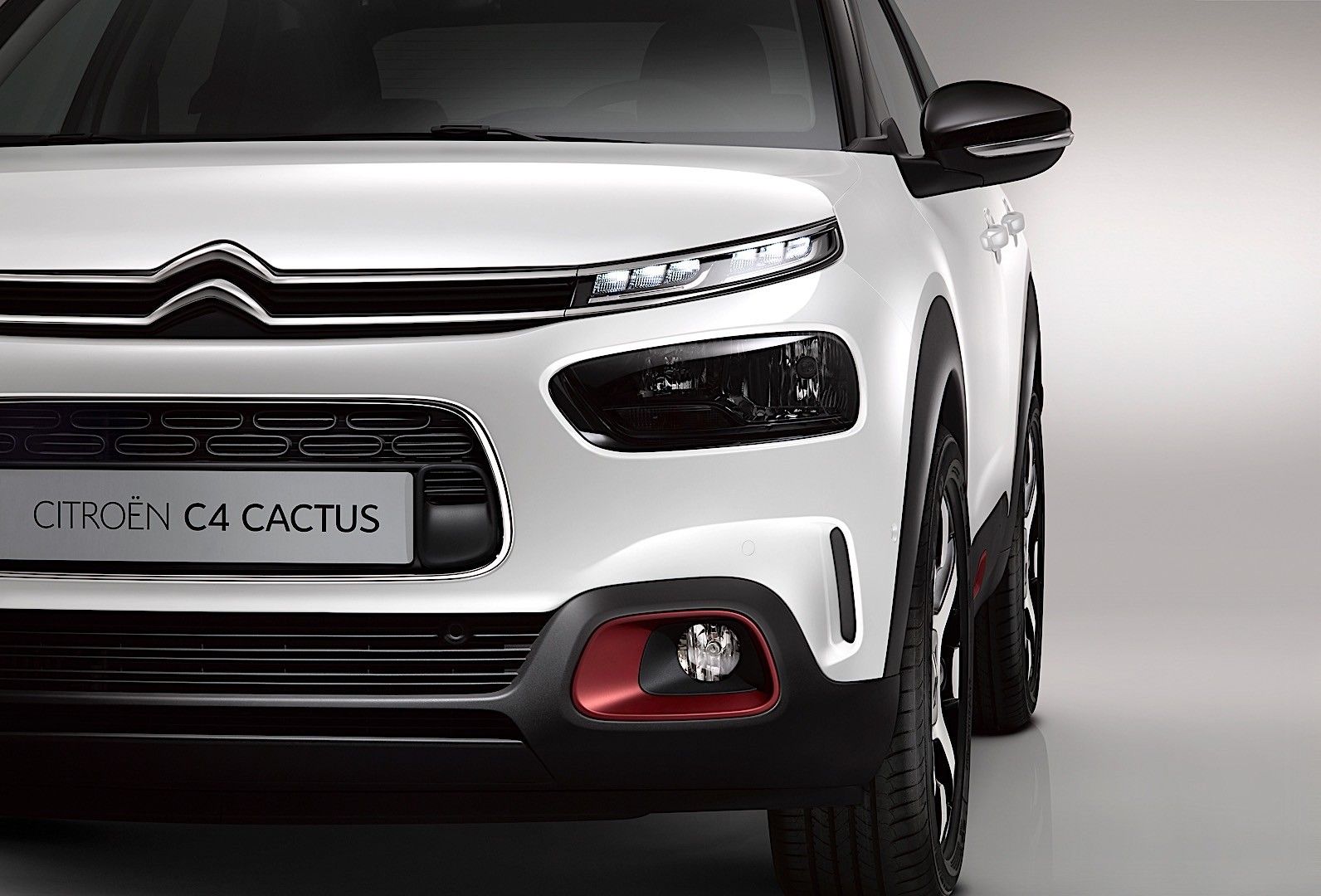
Citroën. Innovation above all
Citroën is a French brand, which became a part of PSA Peugeot Citroën concern in 1976. The concern is the second-largest car manufacturer in Europe. Citroën has always been known for its exclusivity, innovation, cutting-edge technologies, and many races won. This is another story… In our story, Citroën won the manufacturer’s Rally Raid Championship for Manufacturers 5 times, won the prestigious Dakar Rally 4 times, won the International Rally Championship for Manufacturers 8 times, and still owns this prestigious trophy.* *as of in 2018-2019
Under the same control, Peugeot and Citroën brands are positioned as mutually independent. Well, after its merger with the Peugeot, Citroën, being no longer at the forefront of the automotive industry, has significantly increased its car sales. To date, the largest market for the brand is Chinese, where sales are made through the company Dongfeng Peugeot-Citroën.
Company history
Citroën has an interesting and eventful history and driven by personality of its legendary founder André-Gustave Citroën. André-Gustave Citroën was born in a rich Jewish family of a Russian-born diamond dealer. But the stubborn young man refused to continue his father’s business point-blank, despite all its profitability. He wanted to become an engineer and, having graduated from the Polytechnic Institute, went to work in an ordinary locomotive part workshop.
Because of his design talent, he quickly became the head of a factory that produced artillery shells for France during the First World War. When the war was over, the factory was idle. And then André-Gustave Citroën, who initially did not plan to deal with cars, conceived a powerful, technically complex car. But then he changed his mind quickly, having seen how popular Ford cars were. He decided to bet on an affordable car of good quality, starting production of the Type A model in 1919. It was the first model in Europe, which had an electric starter and headlights. He produced 100 cars a day to make it very cheap. That’s how the former Citroën military plant was reoriented to producing affordable mass-produced vehicles.
Eiffel Tower, the symbol of Paris, is mentioned in the Guiness' World Records as the biggest advertising space ever as it was used by Citroën.
André-Gustave was not only an engineer and designer but also a great salesman! He realized that advertising was the engine of commerce. And he came up with a great advertising gimmick – Citroën was advertised on the Eiffel Tower for a decade! The Eiffel Tower that later became a symbol of Paris was listed in the Guinness Book of Records as the largest advertising platform for Citroën. In addition, André-Gustave organized expeditions to Asia and Africa, inviting scientists and journalists. And the travelers had to drive Citroën half-track cars. And then in 1921 André-Gustave set up the production of taxis, and in a decade, almost 90% of the car taxi fleet in Paris began to carry the name of Citroën. However, Citroën still planned to make his mass-production cars as innovative as possible, using cutting-edge technologies. And he really did!
In 1934, Citroën produced a revolutionary car with front drive, independent front axle suspension, and all-metal bodywork. This car called Traction Avant quickly gained popularity and was produced until 1957. At the same time, Citroën produced the world’s first production car with a diesel engine - Rosalie. New cars were too costly for the company. This cost put the company into debt to its largest creditor, Michelin company. Citroën changed the owner. A year later, André-Gustave Citroën, mastermind and father of his company, died of cancer.
But the history of the company continues! André-Gustave’s ideas came true after his death. After World War II, Citroën released a legendary car, which for a long time became literally a symbol of France! Model Citroën 2CV is very simple, even unsightly but at the same time fuel-saving, reliable, and easy in service. Most important is that almost everyone could afford it! Citroën produced this model with a sweet nickname “Ugly Duckling” until 1990!
And then came the real Goddess - Citroën DS, produced in 1955. Its disc brakes, power steering, swiveling headlights, and hydropneumatic suspension became the hallmark of Citroën for many years. All this technical solution was revolutionary for its time. The car was nicknamed for its unique appearance and because ‘DS’ sounds like ‘Déesse’ (Goddess) in French. At the ‘Car of the Century’ contest, this model was third after Ford Model T and Mini.
At the ‘Car of the Century’ contest, Citroën DS, aka Goddess, was third after Ford Model T and Mini.
PSA Peugeot Citroën
The second failure of the company happened for the same reason. It sought the latest technology, which is costly in production. Financial difficulties led to the fact that in 1976 Peugeot SA completely took over Citroën, forming the second-largest car concern in Europe PSA Peugeot Citroën. These brands are not similar to each other. Peugeot has always been a conservative brand, and the Citroën was technologically innovative, particularly through its suspension and aerodynamic concepts. For more than 20 years, they could hardly find a common language: Citroën design departments were reluctant to use Peugeot parts in Citroën cars. Citroën cars were becoming clones of the existing Peugeot models…
But as a result, in April 2006, Citroën C6, Xsara Picasso and C4 Picasso minivans were launched on the market and proved to be very successful models. Citroën is reborn again! In March 2009, Citroën gained 16.1% of the French market and Peugeot 16.4%. And this was the best result for Citroën in the last 35 years.
This is another story… In this story, Citroën has won the World Rally Championship 5 times, won the prestigious Dakar Rally 4 times, won the World Rally Championship 8 times, and still owns this prestigious trophy. The French racer Sébastien Loeb won in the Citroën World Rally Championship 9 times. And in the 2014 World Cars Championship, Citroën is the winner of 17 wins in 24 races!


